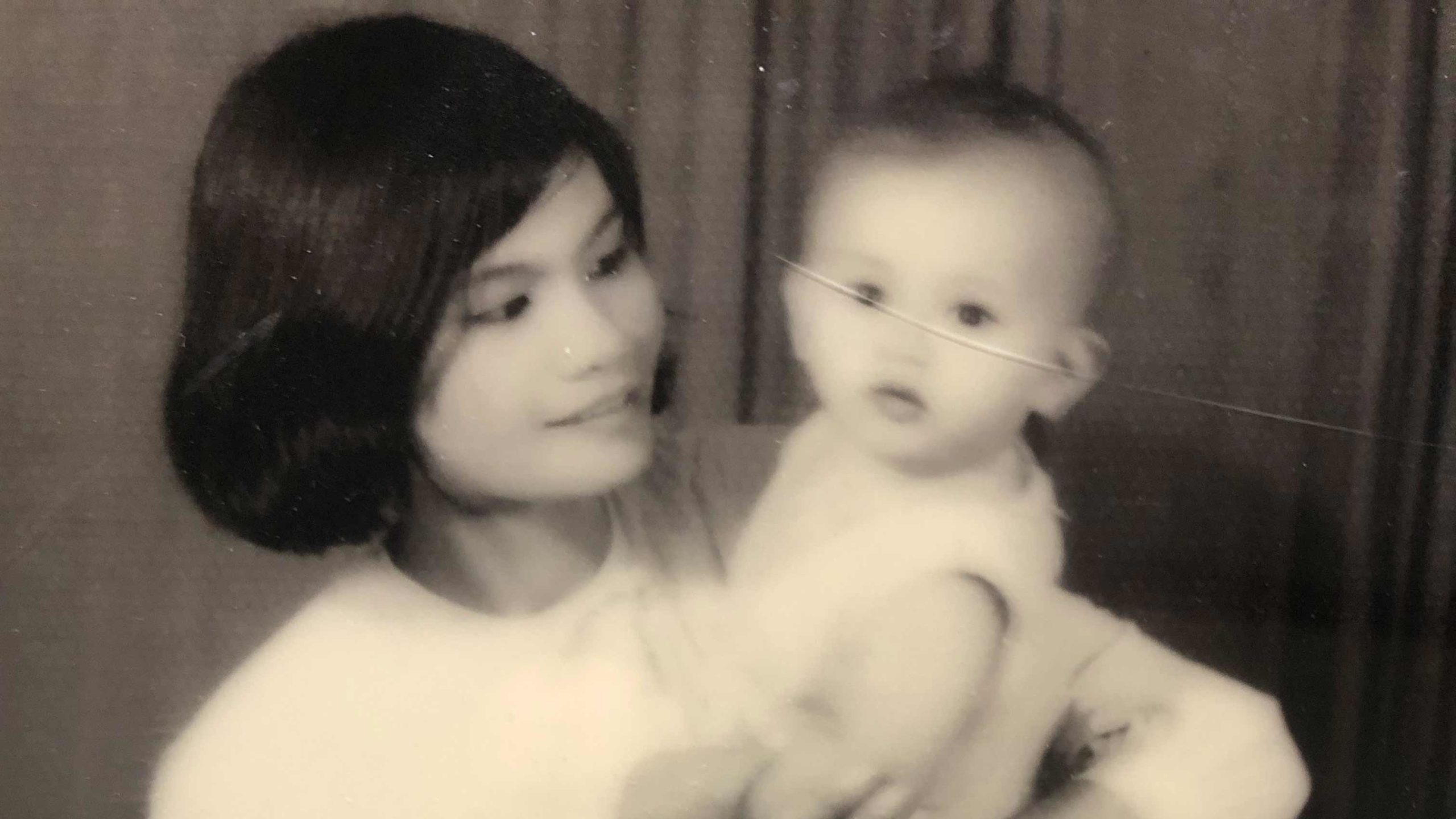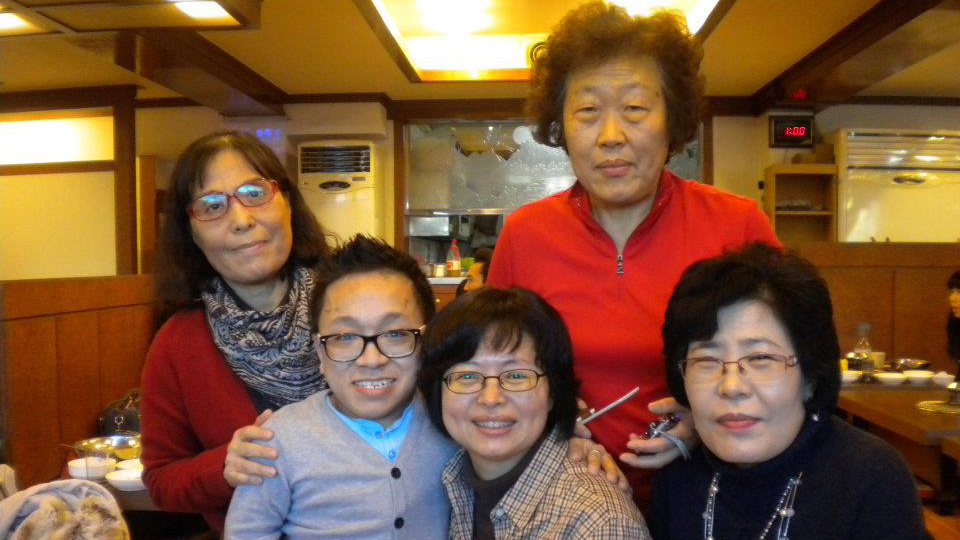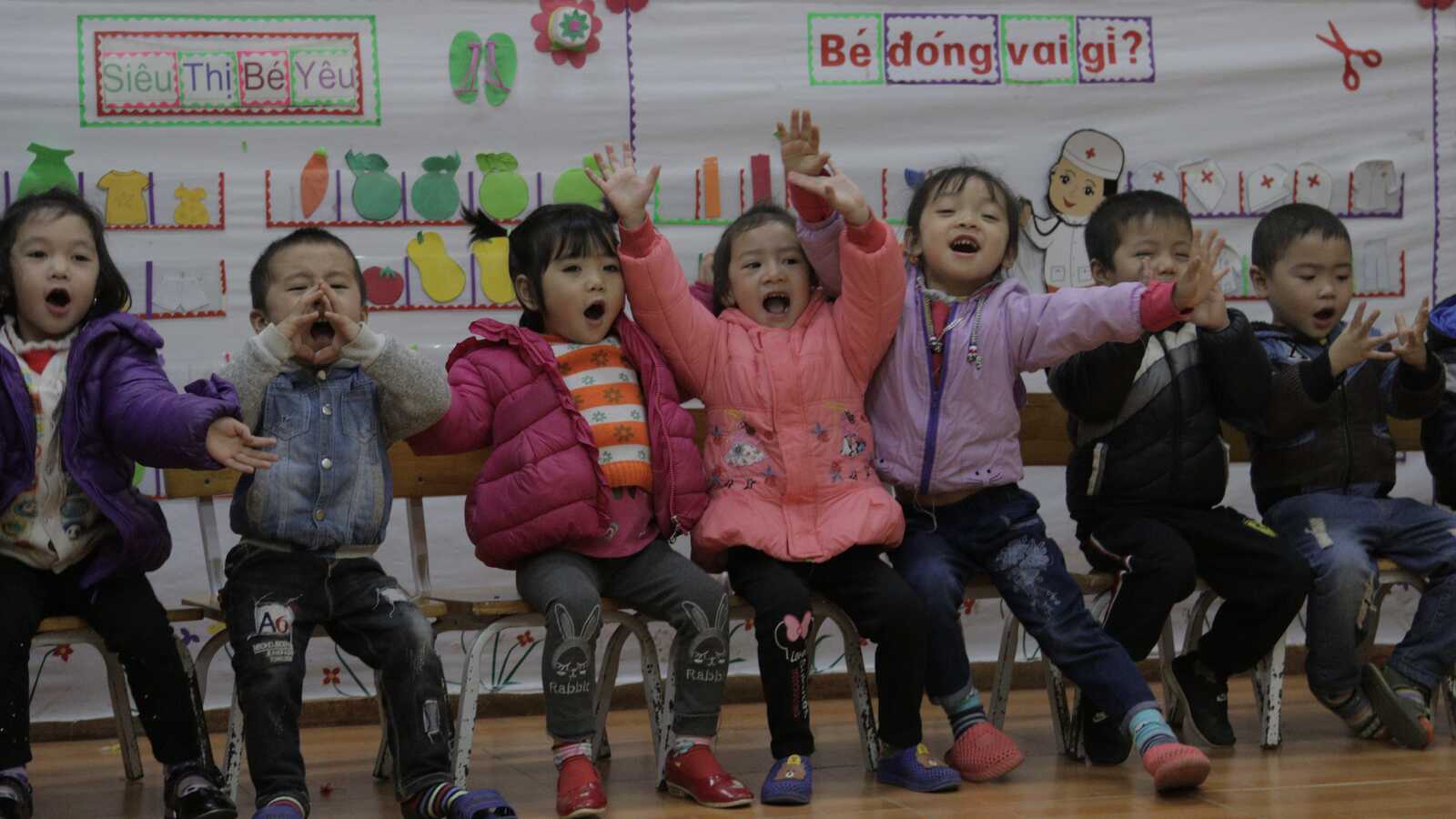In January 1975, just months before the mass evacuation of children known as “Operation Babylift,” 7-year-old Mark Slavik was adopted from Saigon by a family in the U.S. Years later, he began a search for his birth family that led to his birth mom in Vietnam, his birth father in the U.S. — and several brothers and sisters he never knew he had.
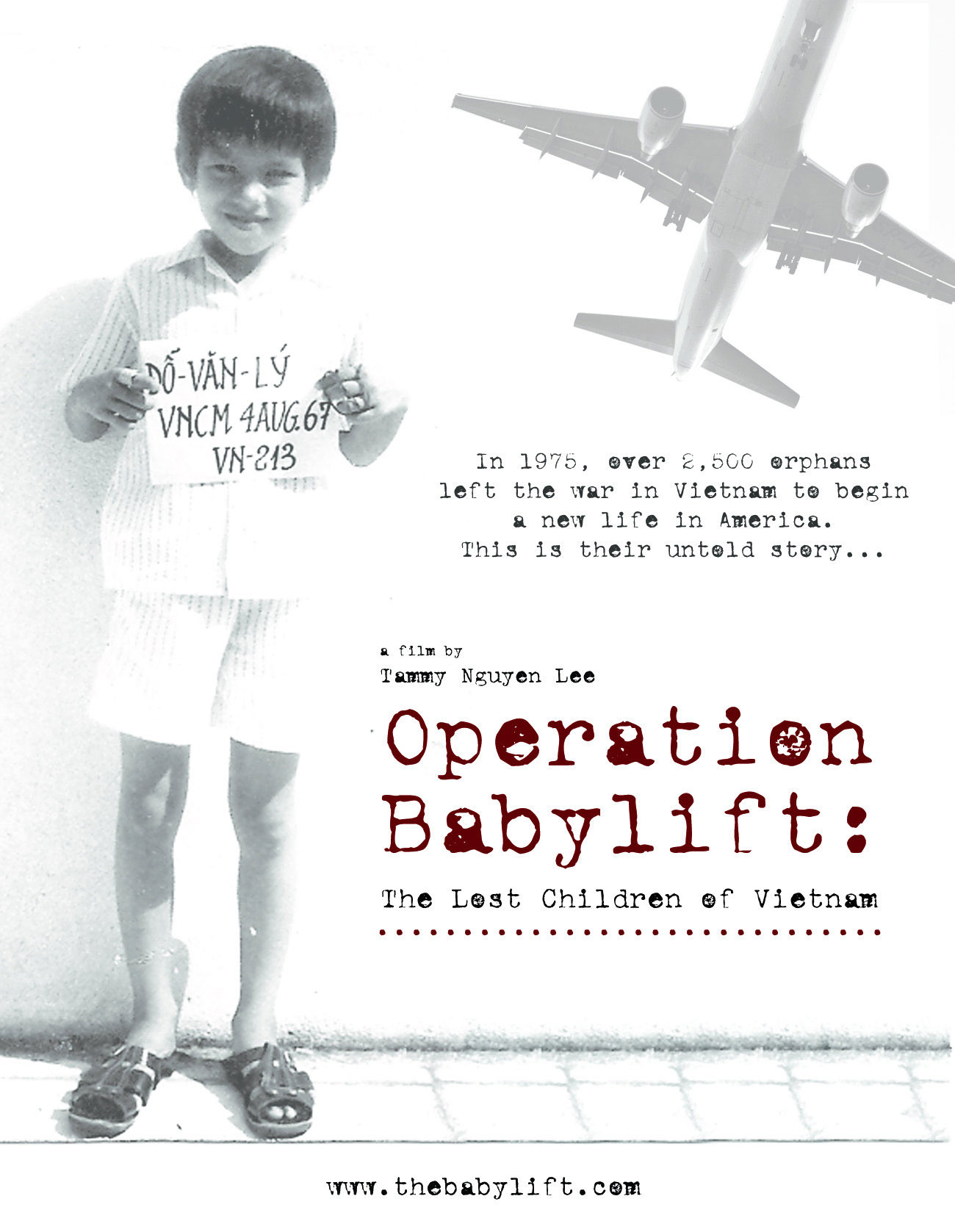
In early 1975, as the Vietnam War neared its end, 7-year-old Mark Slavik was living in an orphanage in Saigon. Within months, the North Vietnamese army would take Danang and begin closing in on the southern part of the country. In April, as shelling began in Saigon, the United States and other western countries began orchestrating a mass evacuation of children living in orphanage care. Between April 3-26, 1975, over 3,000 Vietnamese children were airlifted to safety and united with adoptive families overseas during what came to be known as “Operation Babylift” — including three Pan Am flights chartered by Holt International.
Mark, however, was not on any of the Operation Babylift flights. Although he, too, traveled to the U.S. by Pan Am flight, he missed the babylift by three months — joining his adoptive family in January 1975.
“It was winter, and I had never seen snow before. … I remember the airplane landing,” Mark recalls of the flight to LaGuardia. “I was asleep when my parents came to get me, and I remember getting off the plane. … Driving to upstate New York, I kept waking up in the car and I remember seeing snow everywhere. It was the coolest thing, just to see snow.”
Although not a part of Operation Babylift, Mark was later invited to share his memories of living in an orphanage during the Vietnam War for a 2009 documentary about the evacuation. A picture of him at 7 years old — smiling in sandals and shorts and holding a card with his name on it — also became the cover image for the documentary.
“She said, ‘Wow, that’s a great photo. … It’s so powerful, a photo of this orphan standing there with his name plate,’” Mark, now 55, says of the documentary filmmaker who asked to use his photo. “I felt honored that she used it.”
“It’s so powerful, a photo of this orphan standing there with his name plate. I felt honored that she used it.”
Most of Mark’s memories from his time in Vietnam are vague and sensory. As he shared during his interview for the documentary, he remembers classroom activities at the orphanage, making Christmas cards and playing in the yard. He also remembers a distinct smell.
“Whenever I smell oatmeal, it just reminds me of the orphanage because that’s what they fed us most of the time,” Mark says. “It’s funny because oatmeal is still one of my favorite breakfasts and whenever I smell it somewhere, it just brings me back.”
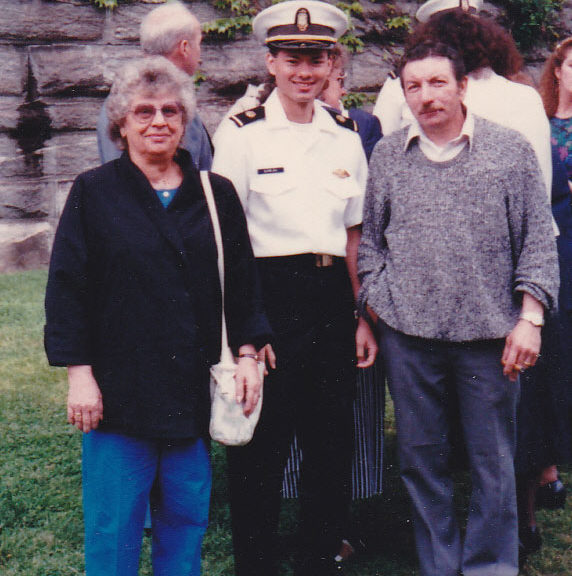
Mark doesn’t have many memories of Saigon or life outside the orphanage walls during the Vietnam War, though his story is closely intertwined with the historical context of the time. Like many adoptees of that era, Mark is half Vietnamese and half American — born to a Vietnamese mother and an American U.S. Air Force Major stationed in Saigon during the war.
After he traveled to the U.S. in 1975, Mark spent the rest of his childhood in a small hamlet in upstate New York. “I had the greatest adoptive parents,” Mark says of his mom and dad, Mary and Andrew Slavik. “They were down-to-earth people. They took good care of me. I was the only child, so I was spoiled.”
Mark says he had a happy childhood and a wonderful life with his adoptive family. But like many adoptees, Mark also grew up wondering about his past and his biological family in Vietnam. Although vague, he does have memories of the time before he came into orphanage care. He remembers the Vietnamese countryside. He remembers relatives. And he remembers his mom.
Mark’s Birth Family Search Begins
Mark was in college when he began his search for his birth family — with encouragement from some newfound friends.
“I met some Vietnamese students at the college I went to. … They said, ‘Hey Mark, have you ever thought about looking for your mom?’”
Mark’s friends told him they have relatives in Vietnam who could help him find her, if he wanted. Fortunately, Mark was able to locate some basic information about his birth mom — including her name and last known address. Mark passed this information on to his friends, who shared it with their relatives back in Vietnam.
“It took a while — maybe six months or so for word to get back to my friends at the college,” Mark shares. “They said, ‘Hey, we did find your mom. She’s still alive.’”
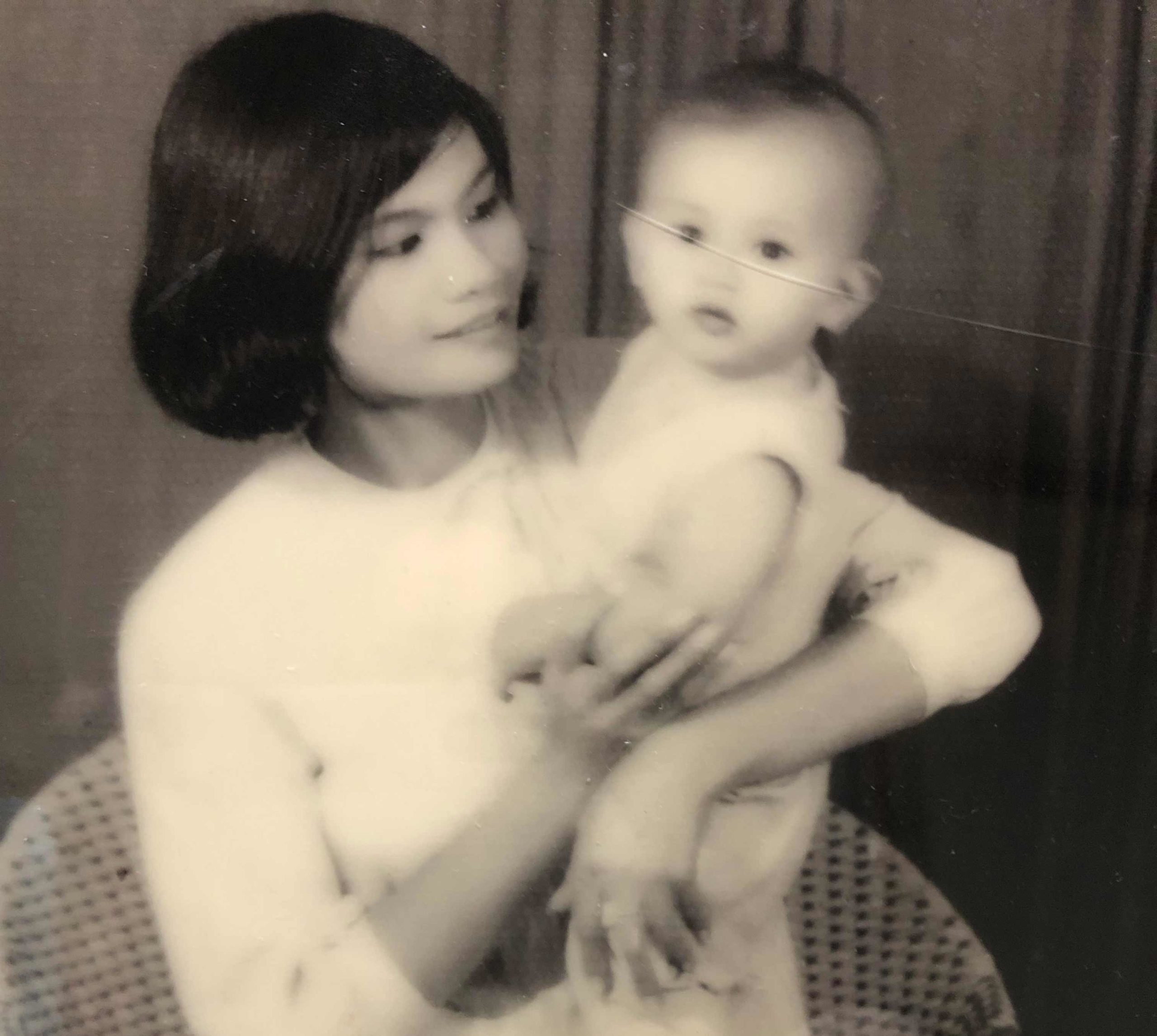
At the time, Mark was about to graduate from college. The Gulf War was just beginning in Iraq, and Mark had plans to join the Navy. Mark’s girlfriend (and soon-to-be wife), Sang, was Vietnamese and already planning a trip to Vietnam to visit relatives. Since Mark couldn’t get away, she offered to visit his mom on his behalf.
Mark had complicated feelings about connecting with his birth mom. But he decided it would be okay for Sang to visit her, and he wrote his mom a letter for Sang to deliver.
“When Sang returned, she brought back photos of my mother and her family,” he says.
Mark learned that his mother was remarried — and that he had two half-brothers. His wife also brought back a letter from his mom. With conflicted feelings, and immersed in his naval career and family, Mark over time grew less and less engaged with his birth mom and learning about his birth family. “After a while, I became disengaged from the whole thing,” Mark says. Mark’s wife, however, returned to Vietnam each year. She would visit his mom and bring her gifts.
Five years after they first reconnected, Mark learned some sad news. His mom had passed away.
“She died of cancer. And so that was it. … I felt bad I never met her,” Mark says.
Finding His Father
After Mark learned his birth mother passed, he mostly closed that chapter on his life. In 2001, he and Sang divorced. He married his current wife, Hanh, in 2002, settled in Washington state, became a Lieutenant Commander in the Navy, and in total has five children — including his wife’s son who he adopted. In 2014, after 24 years of faithful and honorable service, he retired from the Navy and began a career in military healthcare.
Mark says he feels proud to be a naval officer, especially as an Asian-American. “To me, it is a great achievement to have that status — to show that someone with a similar background can achieve anything — because in Vietnam,” Mark says, “Amerasians are looked down upon and cast aside. I had to rise above that. I had to put those stereotypes aside and be the best — and individuals with similar backgrounds as mine can be the best. I’m living proof.”
After he retired from the military, he started to reflect on his early life again. In 2018, his wife suggested that he do AncestryDNA to learn more about his genealogy.
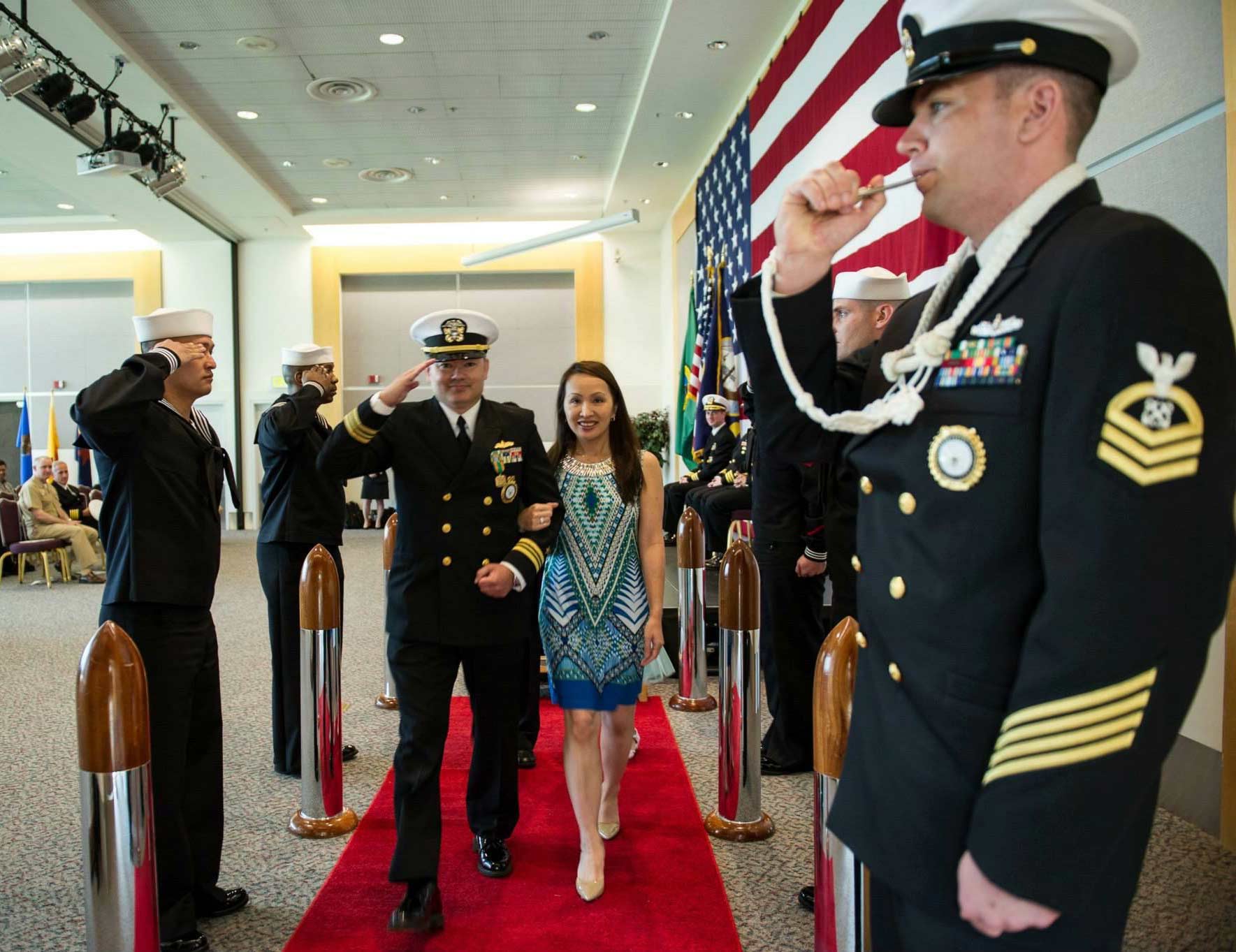
“I always had this thought, ‘Who is my real father?’” Mark says.
Years before, in the early 2000s, Mark had requested his adoption file from Holt. He received all kinds of information — including an interview with his birth mom about why she chose to relinquish him for adoption. But unlike with his mom, his birth father’s name was not in his adoption file.
Mark was skeptical that the AncestryDNA test would help him.
“Then I bumped into another Amerasian here locally who found her dad with the help of a man out of San Diego named Paul. …. He had access to these databases where he would take your DNA and match it up with other DNA to track down your biological family,” Mark says. Encouraged, he decided to move forward with the DNA test.
“I ordered the test, spit in a tube and sent it back,” Mark says. “About a month later, I got the results back. No surprises — 50% Vietnamese, 17% Northwestern Europe, 11% Germanic Europe.”
“It was great. I was crying. Because you know, here it is. My biological family who I always thought about but never knew wants to connect and be part of my life.”
He also learned he was 10% Irish, 8% Scottish and 4% Welsh. The results, however, yielded little information that would help him narrow down his search for his birth father. He had connections with a number of distant cousins, but no immediate family.
“Paul said it can be done, but it will take a while until we get a hit from someone,” he says of finding his father’s identity through his DNA results. “He said just keep an eye on the account since from time to time close family relatives may show up.”
Then, in the late summer of 2018, Mark got a message through AncestryDNA from someone named Jason.
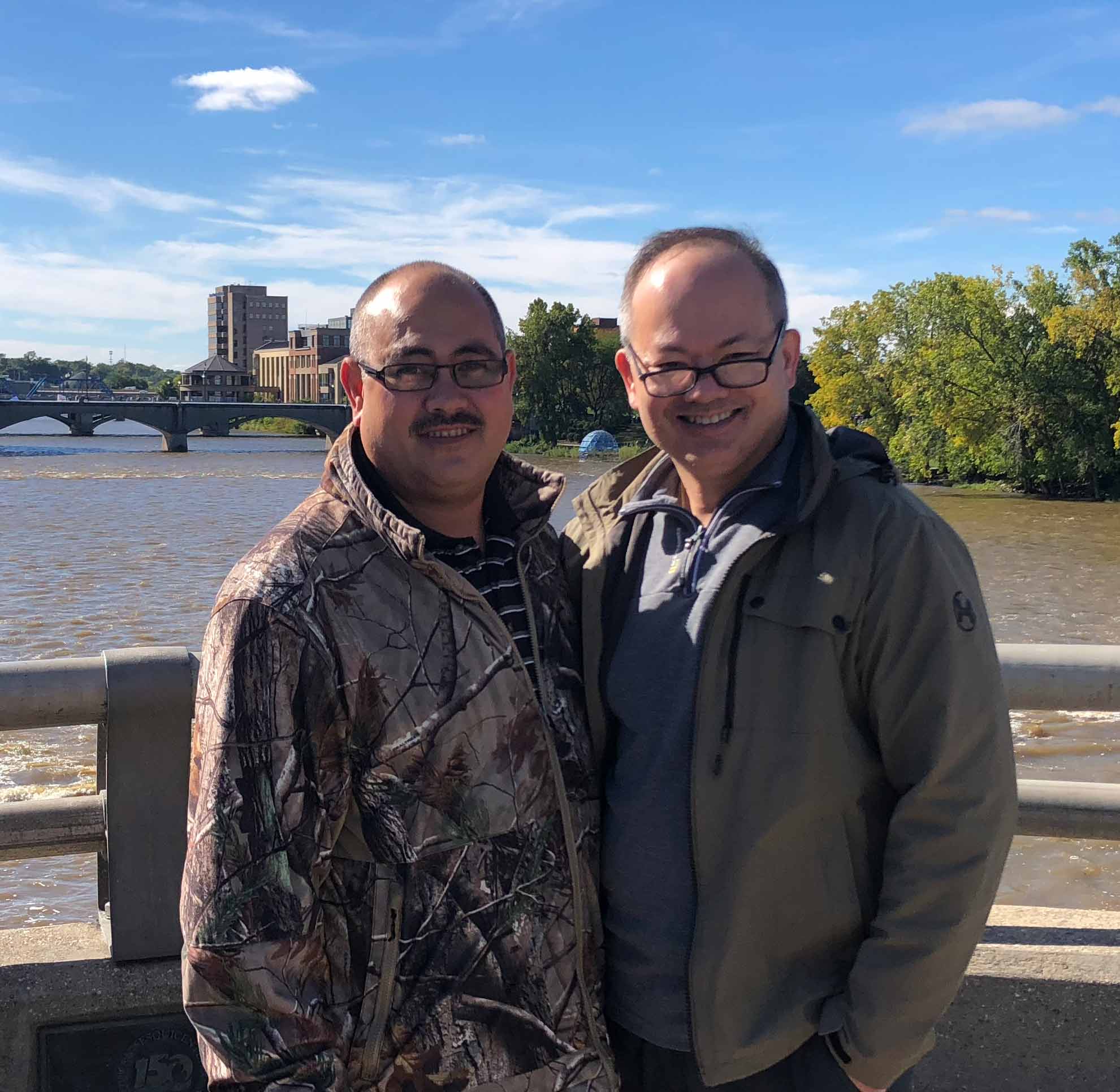
“He had information regarding my mom — or our mom,” Mark says. “I looked at the section in the AncestryDNA that identifies DNA matches and Jason showed up as a half-brother. I was like ‘Wow!’ So, we connected and I visited him and his family in October 2018.” Months later, Mark learned that he also had a half-sister on his mom’s side.
“It was interesting and very heartfelt,” he says of meeting his siblings, “because I grew up thinking I don’t have any brothers or sisters. But apparently, I did.”
Mark learned they all had different fathers and his mom had relinquished all three of them for adoption, though both of his siblings joined adoptive families in Vietnam and later immigrated to the U.S. He was the only one who was adopted by a family in the U.S.
“While it was great that we found each other from our mother’s side, I still had no clue regarding my biological father,” Mark says.
Then Mark got a message from Paul — “He asked, ‘Have you checked your ancestry account? You have a close family match, on your father’s side.’”
The match was with a first cousin, a link around which Paul was able to build out Mark’s family tree on his father’s side.
“And [within the family tree], there was a man by the name of Harrold Miller,” Mark says. “Paul said, ‘Ok, we need to get ahold of the military records to see if Harrold Miller was in Vietnam between ’66 and ’67.”
After contacting the military office in St. Louis that held information about retirees, Mark and Paul were able to identify one Harrold Miller in Saigon during those years. It helped that the man they were looking for had a uniquely spelled first name — with two r’s in Harrold.
“He was in Saigon from ’66 to ’67 so that’s the man,” Paul told Mark. “That’s your dad.”
Sometimes a Blessing
Sadly, Mark’s birth father had passed by the time he learned who he was. But he was able to learn a bit about his father. “He retired as an Air Force Major, or ‘O-4,’ which is the pay grade for officer ranks in the U.S. uniformed services,” Mark shares. “I was a Lieutenant Commander in the Navy, which is the same pay grade as my biological father, O-4.” Mark also learned that while his biological father was retiring from the Air Force at Bergstrom Air Force Base, Texas in 1975, Mark was on his way to the United States to unite with his adoptive parents in Castle Creek, New York. “We were separated by 1,700 miles,” he says.
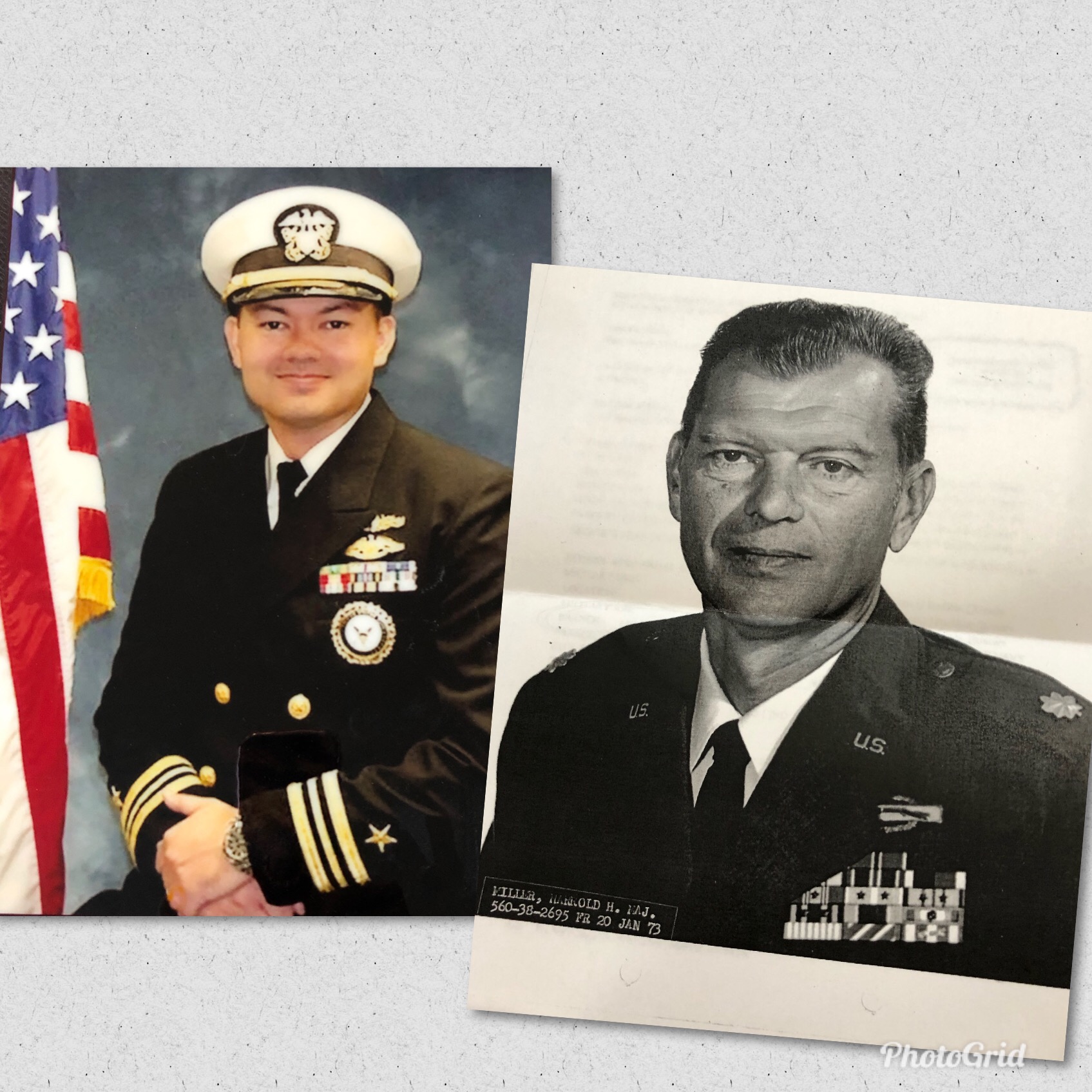
While processing this information, Mark also learned that he had a half-sister in the U.S.
“I was like wow, Paul, what do I do? We got to this point where he was like, ‘You’re either in it or you’re not,’” Mark says. Nervous about his half-sister’s reaction, Mark asked his wife to contact her first to break the ice. He didn’t want to scare her off.
She was surprised, to say the least.
“Basically, she said, ‘Thank you for the information. Let me get your phone number and get some time to think about this and I’ll get back to you,’” Mark says. “I understood.”
As time went on, Mark didn’t hear from his newfound sister.
“I told my wife, ‘Well maybe she just wants to move on. She doesn’t want to look back on this, which I totally get. Sometimes this stuff is a blessing. Sometimes it’s not.”
Two months later, Mark got a Facebook message from his half-sister saying she wanted to connect.
“It was great,” Mark recalls. “I was crying. Because you know, here it is. My biological family who I always thought about but never knew wants to connect and be part of my life.”
Several months ago, in October 2021, Mark happened to be traveling on business to Springfield, Oregon, near Holt’s headquarters in Eugene. Realizing how close he would be to the agency that united him with his family back in 1975, he decided to stop by.
“I thought, ‘That would be cool to visit the place that took care of me during my short time back in Saigon,’” he shares.
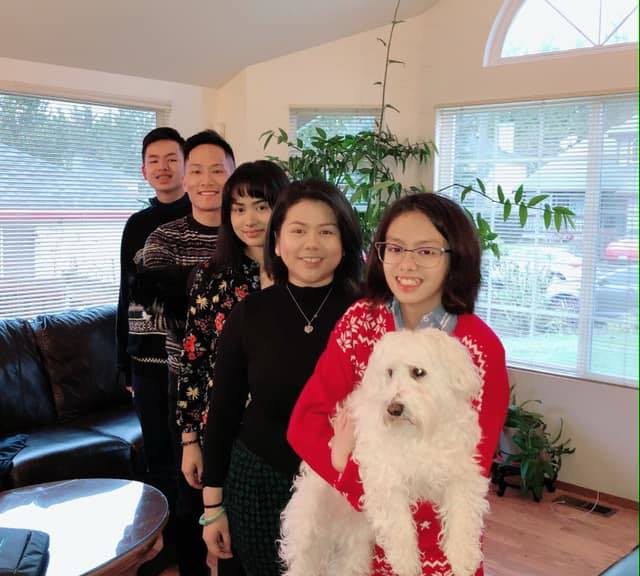
Meeting with Holt staff, Mark shared how much he loved his adoptive parents, both of whom have now passed, and about his life and family. He gave permission to share his story with other adoptees and adoptive families.
Although sorry he never got to meet his birth parents, Mark feels thankful that he found his siblings — and their bond continues to grow.
“Even though [my father] passed away, I still want to maintain a close relationship [with my sister],” he says of his half-sister on his father’s side. “She agreed to that and said, ‘Well, I have a little brother to pick on now.’”
From a boy in an orphanage holding a name plate in wartime Vietnam to growing up with a loving family in a snowy hamlet in New York to a career in the Navy and a beautiful family with five kids, Mark feels very blessed by the life he has led.
“I’ve had a great life,” he says. “I was very blessed.”
A Final Word from Mark:
“When I was on active duty, I attended this junior officer symposium where we got to meet various commanding officers. … It was an opportunity for junior officers like myself to meet these commanding officers and talk about their leadership, but also how they deal with life every day when they wake up, whether it was personal or professional. I met one commanding officer who gave me some rather profound wisdom. To this day, I live and practice it. He said, ‘Mark, if you want to be an effective leader — maybe someday you’ll have your own ship or command somewhere — leading by example is just one piece, but you’ve got to do this. You’ve got to do things right the first time, every time and all the time.’ I sat there repeating what he just said inside my head — then I finally got it. For whoever reads this, ‘Do things right the first time, every time and all the time. You can’t go wrong by this.’”
In partnership with the Pan Am Museum Foundation, Holt is proud to present a special event in honor of the 47th anniversary of Operation Babylift, the evacuation of children living in orphanages in Vietnam to adoptive families. Adoptees, parents, volunteer flight attendants and medical professionals who were involved in the evacuation will come together in Garden City, New York, on Sunday, April 24, 2022.
Tickets are $75 and include food and complimentary beer and wine (and a special price is available to adoptees!). Purchase tickets here.
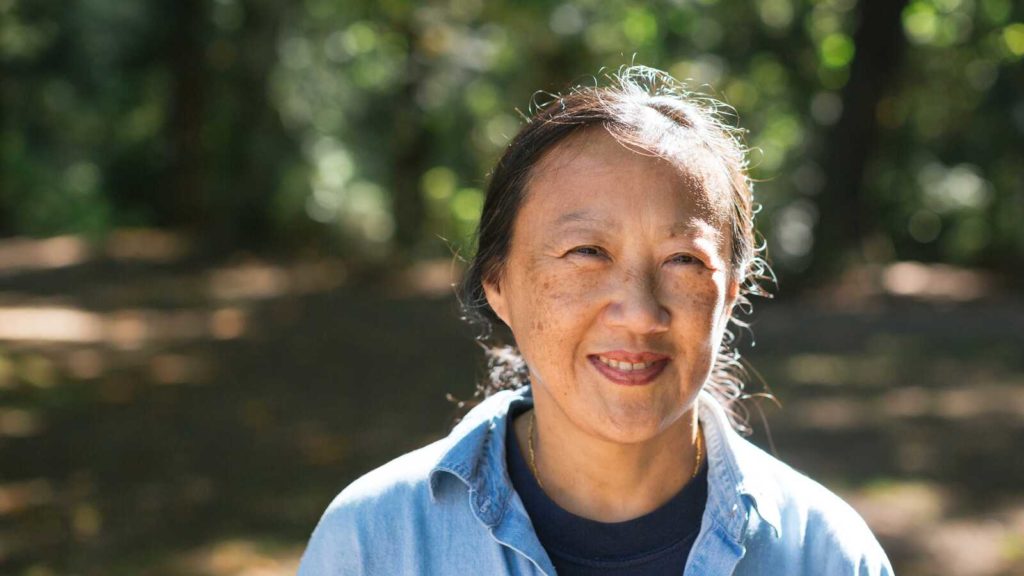
Did you know Holt provides support to all adoptees?
Every adoptee has a unique and complex life experience. Holt strives to support all adoptees, regardless of their placing agency, by providing help with birth search, citizenship and more.
